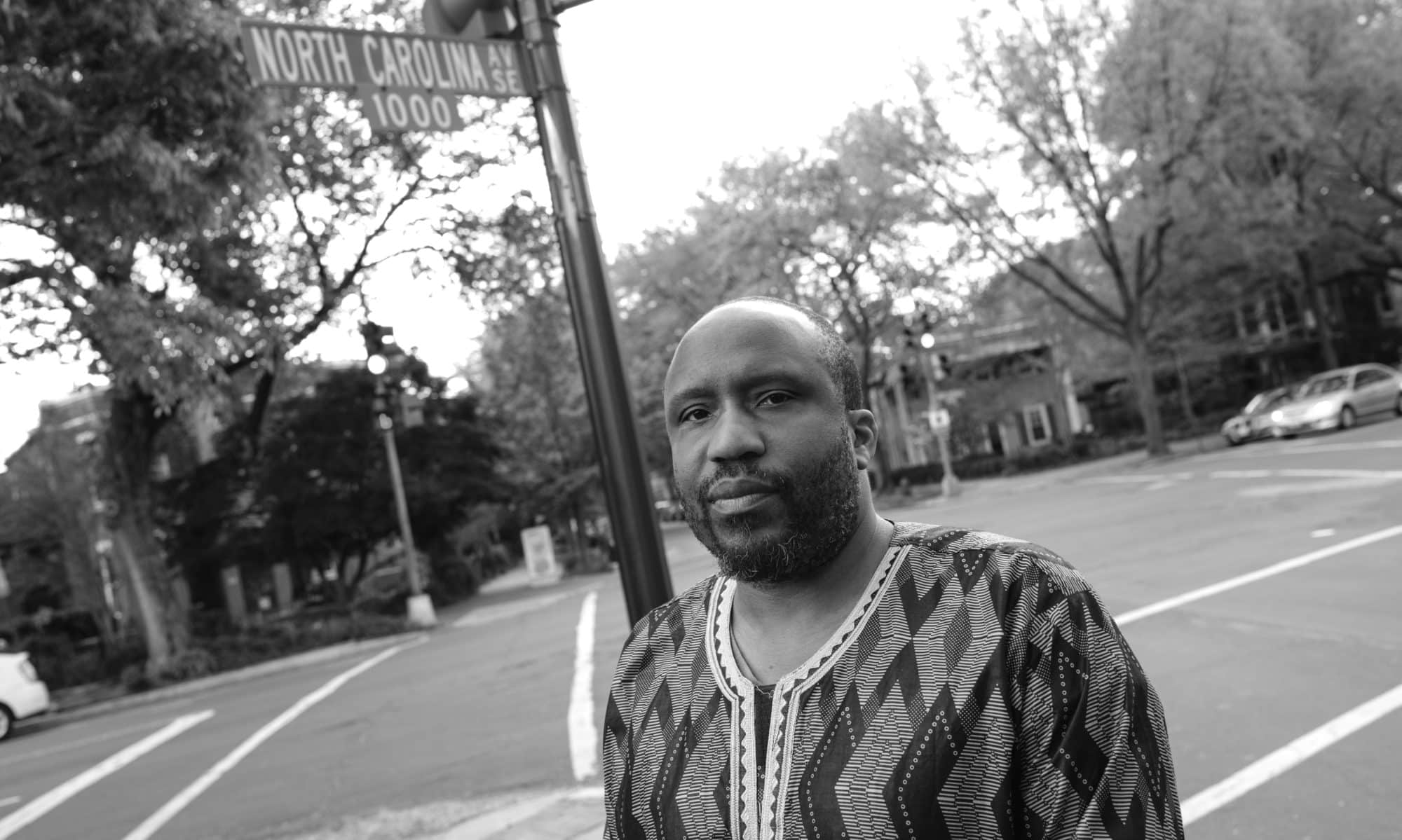Early this morning (Nov. 4th), the Ceremonies of Dark Men, posted an brief explanation as; to why the piece the Camp/Joiner collaboration was removed, it said the following
“A member of JBG Companies, a real estate development firm, had enough clout to render the agreement between them and the DC Commission null and void and had the piece by Camp and Joiner removed. Evidently, they took issue with Joiner’s poem.”
In addition to the the above explanation, CoDM posted a beautifully done video montage of the a gentleman named Frank X reciting my poem in its entirety, mixed with images by Don Camp. Although it would have nice to have read the poem myself, I am pleased with the outcome. Thanks to A.M. Weaver , Kelli Anderson, Frank X anyone else involved in making that happen!
The reality of this piece being removed and why it was removed may speak to larger issues around public art, who owns it and who gets to say whether it stays public or not.
That said, I would like to give a super shout out to developers who do not censor artists and who seek to understand art without projecting their own rigid and perhaps even racist views onto a piece of art.
Shout out Arch Development Corporation in Anacostia, in the many years that I have worked with them, I have never felt censored or creatively stifled in anyway. They have always allowed me or the artists that I have worked with the liberty to say what they want or need to say; so I am thankful for Arch Development for all that they have done and continue to do for art, artists, Anacostia and for DC overall.
Shout to Bozzuto, although I am new tenant in the Monroe Street Market and I have not been “working” with Bozzuto a long time, it appears that they open to trusting their partners (Cultural DC) to select quality artists to occupy their spaces and then letting the artists doing what they do best, create. That said I hope that I am not speaking prematurely, because if “a member of JBG Companies” had enough clout to lean on the DC Commission, perhaps he/she will have the same kind of influence on their fellow developer. Who knows, I guess we will find out…
I do hope that the billboard will be remounted somewhere else in the city, I am putting my bid in for Brookland or in Anacostia, since those are communities that I am connected to through The Center for Poetic Thought and through my long standing work with Arch Development
Stay Tuned
Update 8:32AM (UTC) Nov.5th 2014
The quoted paragraph above
“A member of JBG Companies, a real estate development firm, had enough clout to render the agreement between them and the DC Commission null and void and had the piece by Camp and Joiner removed. Evidently, they took issue with Joiner’s poem.”
has been removed from the statement made by CoDM on early in the morning on Nov 4th. I am curious as to why…























